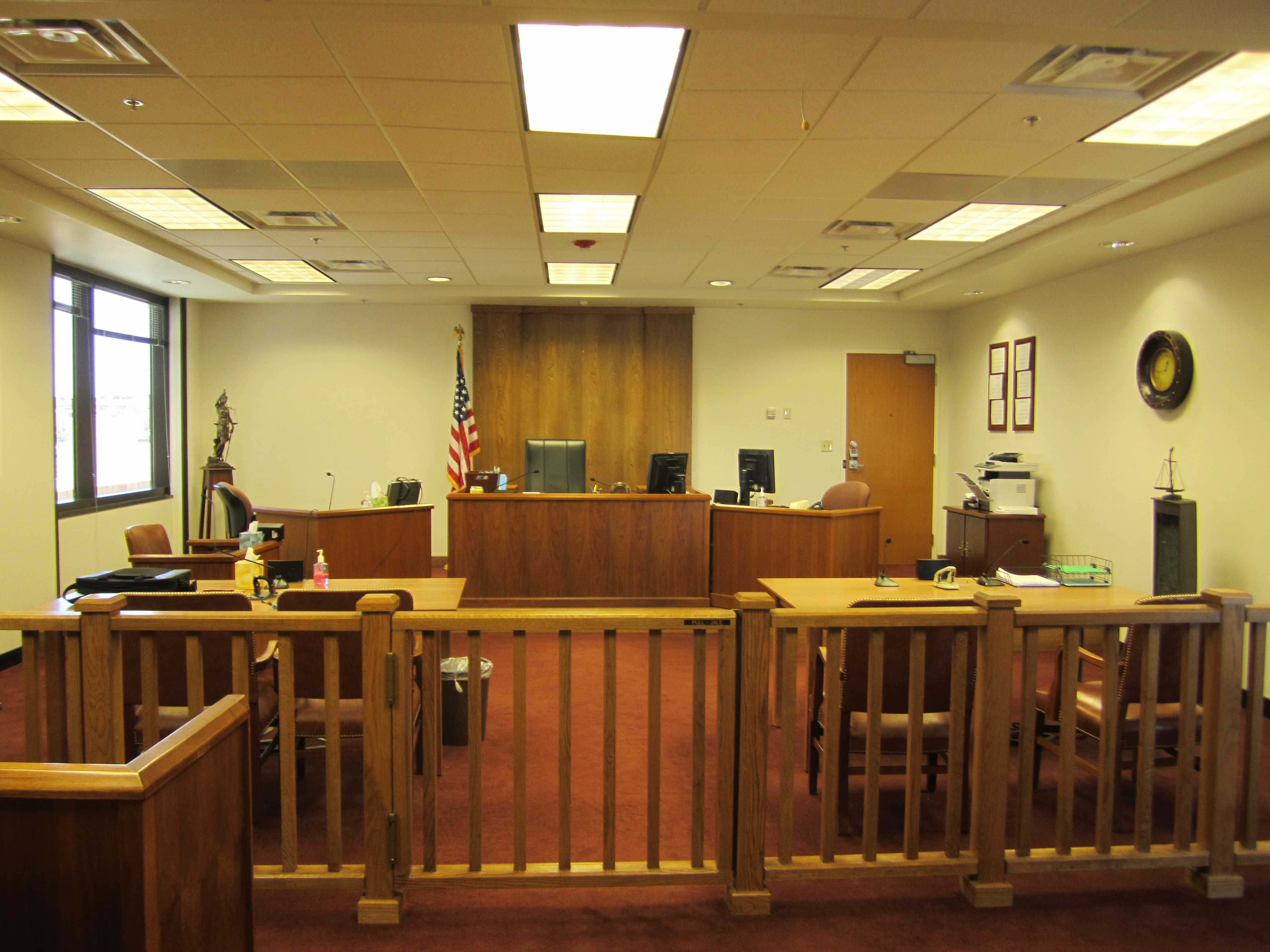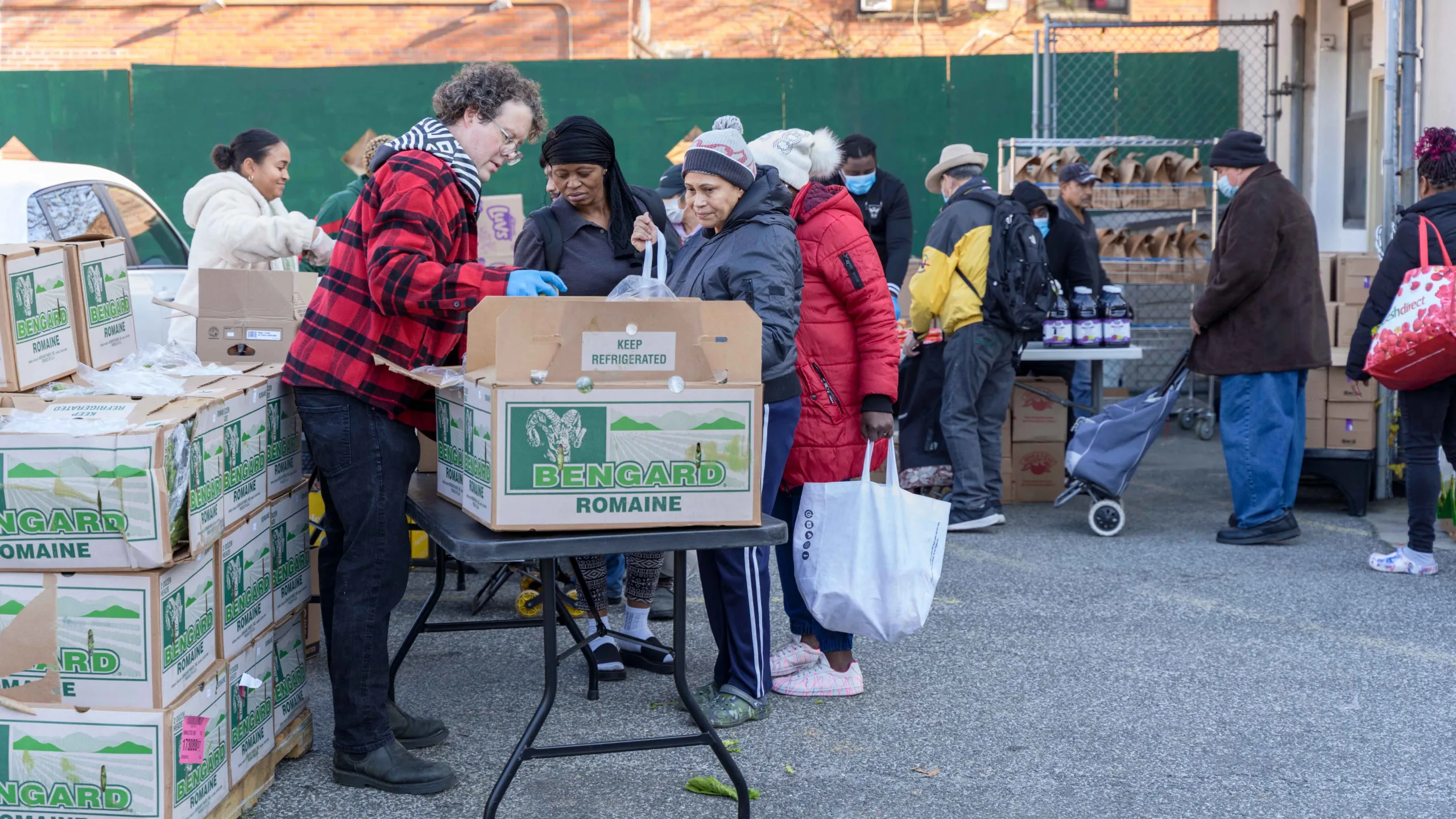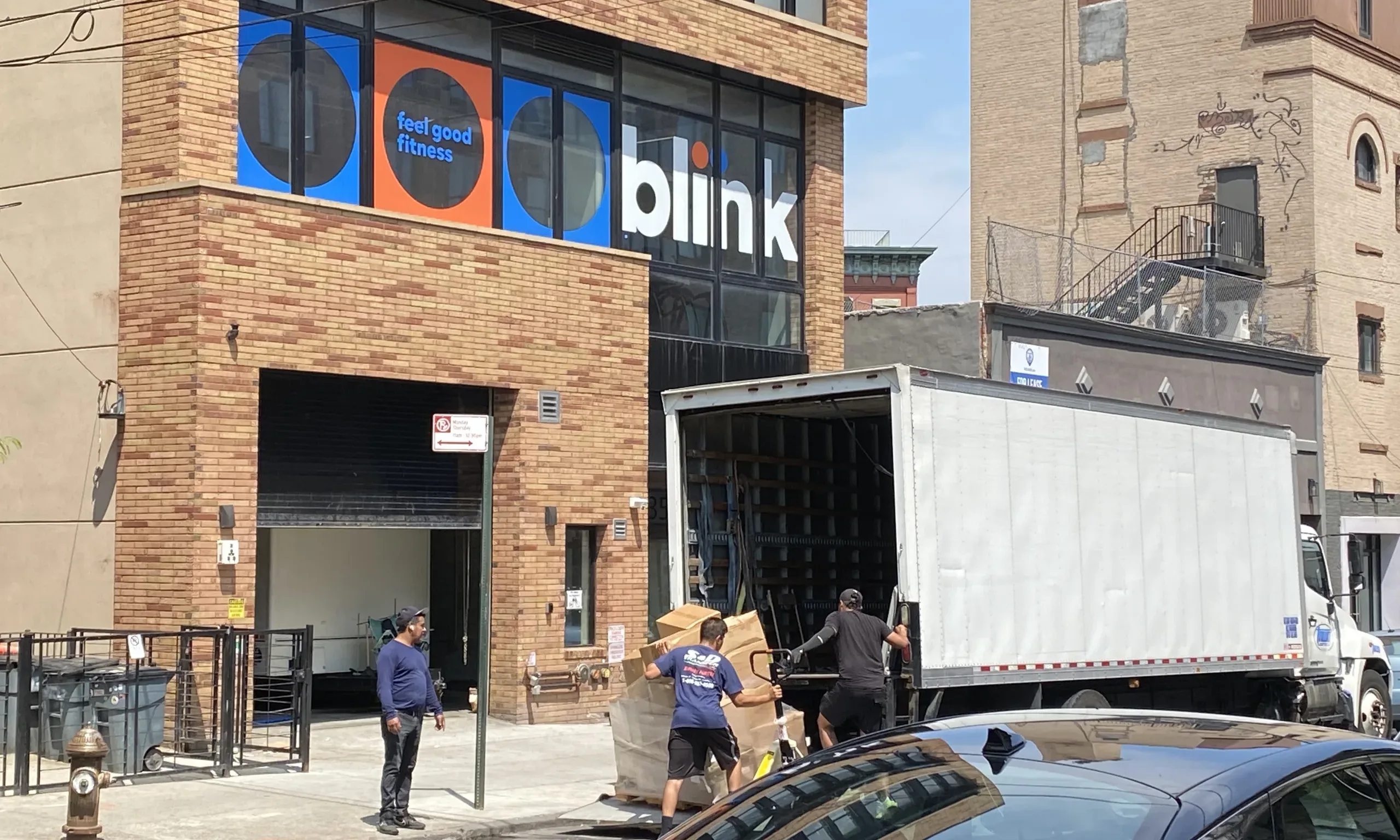

This piece was created in partnership with BORDER/LINES, a weekly newsletter dedicated to demystifying and contextualizing big immigration policy developments. Over the next month, Documented will be looking back at the Trump administration’s immigration policies over the past four years and examining how they’ve impacted New Yorkers. Read all of our coverage here.
Backlogs
Officials in the Trump administration, including the president himself, have often claimed that they’re working to reduce the massive backlog of immigration court cases, which hovered around 500,000 in late 2016. Under Trump, the Executive Office for Immigration Review, the Department of Justice agency that runs the nation’s immigration courts, has implemented a number of policies ostensibly intended to chip away at the backlog by expediting cases. Rather than reducing the number of pending immigration cases, however, the Trump administration has ensured that the backlog ballooned further. In 2019, the total of active immigration cases surpassed 1 million, according to data analyzed by the Transactional Records Access Clearinghouse at Syracuse University.
Also Read: Growing USCIS Backlogs Could Be Worsened by Spending Cuts
In 2017, then-Attorney General Jeff Sessions sent a memo to EOIR urging the agency to adjudicate immigration cases more quickly. In a stated attempt to cut the backlog, the agency hired more immigration judges, implemented quotas for judges, increased its use of video hearings, and implemented a “no dark courtrooms” policy requiring all available courtrooms to be used every day. As part of its so-called “Strategic Caseload Reduction Program,” the agency created two “Immigration Adjudication Centers” in Falls Church, Virginia and Fort Worth, Texas, where judges hear the cases of immigrants from across the country via video conference. Two DHS pilot programs, the Humanitarian Asylum Review Process and Prompt Asylum Claim Review, expedited the asylum adjudication system for certain asylum seekers, truncating a months- or years-long process into a matter of weeks. In all, attorneys and immigration advocates said these policies came at the cost of due process for people in removal proceedings—and all while the backlog continued to grow.
It’s clear that reducing the number of active immigration cases was never the administration’s attempt. Rather than attempt to adjudicate the cases that were already open, the administration continued to add more cases to the total backlog by ramping up the number of immigration arrests and workplace raids. Immigration arrests increased by 38 percent during the first 100 days of the Trump administration, and the administration encouraged Immigration and Customs Enforcement to conduct more workplace raids. In 2019, ICE conducted the biggest workplace raid in a decade, arresting nearly 700 people at poultry processing plants in central Mississippi.
Several other factors also caused immigration cases to be postponed, often for months or years. The government shutdown that began in late 2018 caused more than 5,300 immigration hearings to be pushed back in New York State alone. The immigration courts postponed almost all non-detained hearings from March to June due to the coronavirus pandemic, and many hearings for detained immigrants were also pushed back due to intermittent court closures.
Reopening cases
By far the biggest contributor to the growing backlog, however, is the Trump administration’s insistence on reopening cases that had previously been closed. In a 2018 decision, the Matter of Castro-Tum, Sessions determined that immigration judges and the Board of Immigration Appeals—the immigration courts’ appellate body—could not temporarily close cases using a mechanism called administrative closure. Administrative closure doesn’t amount to a decision on an immigration case; it’s neither a grant for relief nor a deportation order, but rather a way of putting cases on hold. Sessions’s decision eliminated immigration judges’ ability to use a docket management tool that had been in use since the 1980s. According to the advocacy group CLINIC, ending administrative closure could add up to 300,000 cases to the immigration court backlog.
Also Read: ICE Filed Over 100,000 New Cases and Clogged the Courts at the Peak of the Pandemic
Matter of Castro-Tum is just one example of the Trump administration’s efforts to use the immigration court system as an enforcement tool. As Felipe De La Hoz wrote for The Nation, the administration has stacked the court system—and the Board of Immigration Appeals in particular—with restrictionist judges who are friendly to the administration’s anti-immigrant policies. Garry G. Malphrus, the former acting chair of the Board of Immigration Appeals, issued 24 precedential decisions during his tenure.
In recent years, both the heads of the immigration appeals board and of the Justice Department have issued a series of decisions intended to limit immigration protections, particularly those for asylum seekers. Matter of L-E-A-, issued by Attorney General Bill Barr in 2019, limited asylum seekers’ ability to claim persecution based on their family membership. Matter of A-B-, issued by Sessions the previous year, similarly made it harder for victims of domestic violence, gang violence, or other forms of interpersonal violence to claim persecution based on those grounds.
TestPost3
Courts
Even before the Trump administration, the immigration courts were not an independent judicial body but rather an arm of the Department of Justice. In practice, this meant that the immigration adjudication system is subject to the whims of whichever administration is in power. Under Trump, there have been renewed calls for truly independent immigration courts—not only from immigration advocates, but also from immigration judges themselves.
Also Read: Iranians Affected the Most by Trump’s Travel Ban (Data)
In 2018, the National Association of Immigration Judges urged Congress to separate the immigration courts from the Justice Department, claiming that the court system was in the midst of a “new and dark era” under Sessions, the former attorney general. Under Trump, the union says, immigration judges’ independence and discretion has been curtailed. The administration has not only hired a spate of new judges and appointed restrictionists to the appeals board, but has also implemented policies such as the quota system that pressures judges to complete cases as quickly as possible regardless of the merits.












